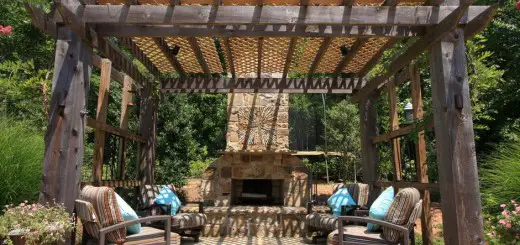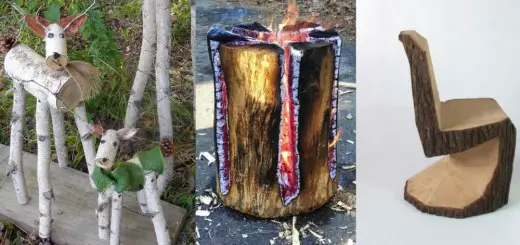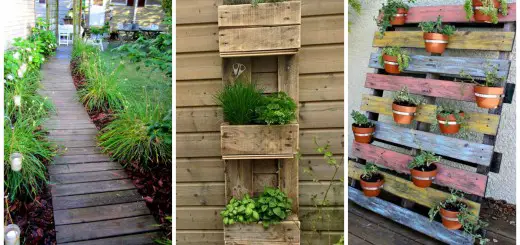Natural Playgrounds for Children
Children are always driven by the need to play, explore and invent at the same time, but these activities are usually at loggerheads with the parents’ concern to keep them safe and under surveillance. For this reason, a natural playground in your yard or garden can meet these both needs. Specifically, a playground that integrates into the surrounding natural landscape – trees, plants, ponds, rough terrain – and that encourages physical activity along with stimulating creativity and imagination. Below is what the experts, quoted by AJC.com, recommend when it comes to natural playgrounds for children:
In general, traditional play areas with manufactured equipment leave little space for a child’s imagination as he or she get to do the same effort in time and follow the same patterns of activity in time. A natural playground, in turn, requires more physical effort from the child. For example, if you install logs of different sizes and heights, in a scale manner or as simple walking pads, children will make more effort to climb them and they can also choose different routes, stimulating imagination. Doctors say physical strength they develop in time by climbing up helps them recover faster from falls and bruises that come with them.
Use your environment when building such a natural playground for children. If there are trees around, then built a tree house to which they can reach on a rope ladder for more effort and teamwork. Tree roots at the surface are ideal places for children hide their treasures, so do not cover them.
At the same time, a tree felled by the wind can easily contribute to the playground in the nature: cut it into rounds to step on, or convert it into a balance beam, teeter-totter, or footbridge across a low-lying area or water feature. A natural pond gives children the opportunity to observe aquatic animals or insects while mud can be used for different games. Build them features to sit or hide under or behind during their games.
Experts also recommend integrating the garden sectors reserved for adults with children’s play areas so they do not feel isolated and avoid communication. If possible, create a sort of a circuit of play spaces around the perimeter and leave some open space in the center for games that require room to run or chase. In small yards, get vertical solutions for the play area. Put a series of zip lines or small platforms or perches in the trees instead of a large tree-house.


















